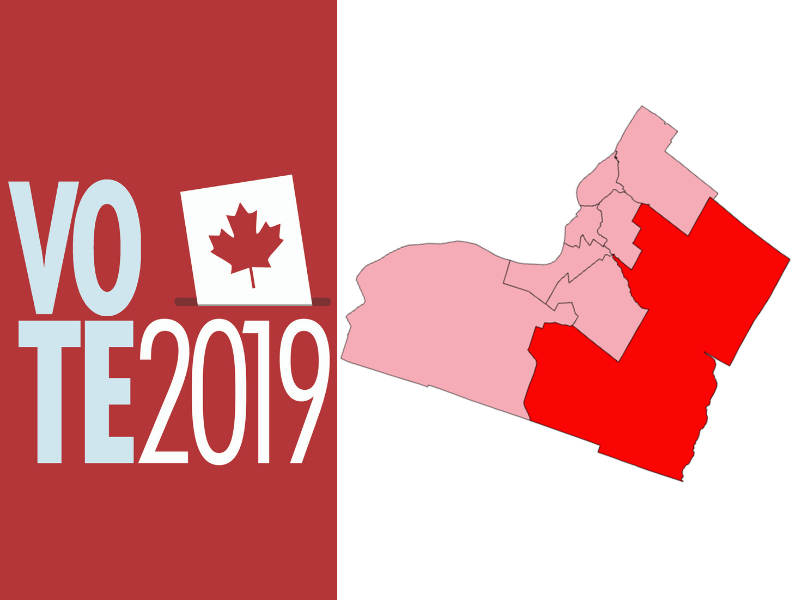
Why is the federal government starving demand for innovation?
By Nobina Robinson
Innovation is not solely driven by science or basic research. Yet the federal government regularly conflates and confuses these concepts in its efforts to push Canada toward an “innovation economy.” This is evidenced by the skewed imbalance in how the federal government funds science, innovation and commercialization activities.
So what is innovation?
In 2014, the Canadian Floating Fence Corporation approached SAIT, Calgary’s polytechnic, to help turn owner Stephen Neal’s innovation challenge of building a deployable oil spill barrier into an economic reality. The research team at SAIT took the ideas Neal presented and produced a floating fence system that would trap more than 94 per cent of all hydrocarbons, while still allowing water to float through, thereby containing oil spills.
Neal’s work with SAIT helped the firm to land a UN contract to clean up the Niger Delta and a Mexican government contract for remediation of tailings ponds. The company offered jobs to the students who worked on the project. Now the company is growing with domestic and foreign clients.
The Canadian reality is that companies like Neal’s make up the backbone of our economy.
More than 98 per cent of all employer businesses in Canada are small and medium-sized enterprises and these businesses employ over 90 per cent of the private sector labour force. It is critical to support and encourage these firms to grow, adapt and thrive.
Companies like Neal’s are supported through the only federal program that links Canadian companies looking for innovative solutions with polytechnics and colleges, called the College and Community Innovation Program (CCIP), delivered by the Natural Sciences and Engineering Research Council (NSERC). At $53 million per year, the program represents only 1.7 per cent of the government’s annual $3.1 billion dollar investment in post-secondary science and research.
In other words, if the federal government wants innovation, they are putting all their eggs in the wrong basket.
The business case for this type of industry-academic research partnership is unassailable. At a time where the global market is ever more competitive, Canada urgently needs to leverage the entire publicly funded ecosystem of R&D actors – including colleges and polytechnics — each uniquely situated to help firms at various stages of their growth.
In his latest book, How We Can Win, Anthony Lacavera, founder of WIND Mobile, makes a similar point: “A lot of small business owners have very good ideas about ways to make their companies more productive,” said Lacavera. “What they don’t have is the know-how, much less the time, to conduct R&D. They don’t need a tax credit to spur them on as much as they need actual hands-on assistance.”
Too many companies like Neal’s have been turned away from CCIP. Why? The program has not received new funds in the last three federal budgets and is unable to meet the demand for these innovation collaborations. In other words, the federal government is telling the very firms they want to help succeed in the innovative economy, “we are closed for business.”
All the while, the government is under severe pressure from the science research community to implement the recommendations of Canada’s Fundamental Science Review, which urges a $1.3 billion boost of new taxpayer funds for fundamental science research for universities. The report claims such an investment will lead to the economic innovation outcomes that Canada so desperately needs to be more globally competitive.
Fundamental research is absolutely necessary for Canada. But it is insufficient as the only means to spur innovation and commercialization. Colleges and polytechnics are hotbeds of innovation in Canada and are currently neglected by the federal government’s research funding ecosystem.
Innovation is about people who recognize challenges and seek to implement creative solutions to overcome and improve. Innovation is iterative. It is not born in a lab of white-coated PhDs, and it is not signalled by the shout of a scientist’s “eureka!” Innovation is a team sport; one that can be undertaken from the shop floor by an electrician, right up to the C-suite offices and by marketing strategists.
Innovation happens when Canadian SMEs come to a Canadian polytechnic, much like Stephan Neal did so many years ago, and say, “I have an idea and I have a challenge I need help to overcome. Let’s work together.”
Unlike the billions that universities are clamouring for, innovation could be improved by increasing that microscopic piece of pie the federal government allocates to the polytechnics for applied research.
So is this federal government about supporting the enablers of innovation? One can only hope.
Nobina Robinson is CEO of Polytechnics Canada, a national alliance of Canada’s leading polytechnics and colleges. The 13 members of Polytechnics Canada enabled innovation for approximately 2,000 companies this past year.











